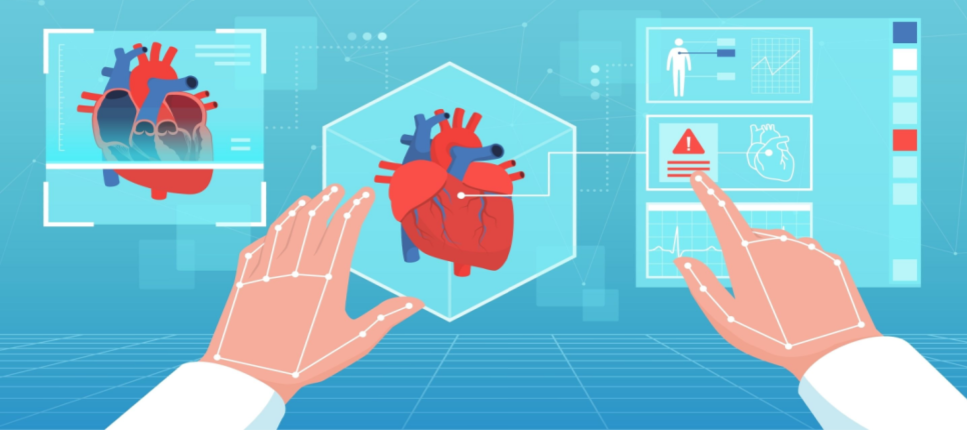In a world where the boundaries of knowledge are constantly expanding, staying ahead of the curve is not just an option, it’s a necessity.
Delve into the fascinating intersection of educational technologies, workplace transformation, upskilling, reskilling, neuroscience, artificial intelligence, virtual reality, and the vast universe of learning.
Metacognition in 10 points
We all use it daily, more or less consciously, and developing it is one of the best ways to improve the quality of our learning. It is called "metacognition," a notion that the American psychologist John H. Flavell was the first to name in his work in the 1970s and to set out the theoretical foundations still considered today.
[VIDEO] Gamification
As an important method to develop active learning, gamification is increasingly used in education. It makes learning more fun and, therefore, less dry, and at the same time, it makes use of the benefits of games for learning.
Virtual Reality as support for future teachers
The applications of Virtual Reality (VR) in education can create active experiences in increasingly immersive worlds and provide a safe environment for learners to test and practice situations otherwise stressful or, in some instances, dangerous. In this context and working closely with a team from Concordia's Teaching English as a Second Language (TESL) unit from the Department of Education, we created a VR experience where students can prepare, in a safe and customized virtual environment, for their assessment interview with their mentor (either classroom teacher or university supervisor).
8 benefits of virtual reality for training professionals
Virtual reality (VR) is a fascinating technology that allows users to immerse themselves in a dynamic and adaptive 3D world of 360 degrees. In this digital universe, they can move and interact with tactile and sensory feedback by simply wearing a visor and, if necessary, haptic gloves. Primarily associated with the world of video games, VR is increasingly becoming a training tool.
The fascinating potential of VR for medical training
Initially associated with the world of video games, virtual reality (VR) is becoming an essential training tool in specific fields, including medicine and paramedicine. Its advantages are enhanced by the fact that it has evolved rapidly in recent years in terms of performance and ergonomics while becoming more accessible.
[VIDEO] Neuroscience: Learning in 4 Steps
While there are many valid teaching methods, the latest findings in neuroscience have identified 4 factors necessary for successful learning. Compatible with the freedom and experimentation that remain important in pedagogy, these guiding principles can be integrated into various approaches.
Studying Like a Pro. Test Your Knowledge!
Do you know the best way to activate your neurons for learning? Do you know what memory retrieval training consists of? Do you know the relative effectiveness of the most commonly used study techniques such as proofreading, highlighting or practice tests? Finally, do you believe that we can learn through observation? Test your knowledge on the topic by answering the following five questions.
6 forms of interaction in online learning
An interaction is defined as “a reciprocal action or influence of two things, two people.” Learning and teaching involve several forms of interaction between different actors. In pedagogy, this subject has been studied from several viewpoints and has given rise to various theories, with the growth of online learning adding a new dimension to them. Here is an overview of what these 6 particular forms of interaction look like in an online learning context.
[VIDEO] Cognitive biases
We are all quite familiar with the phenomenon of optical illusions, but less so with that of cognitive biases. Yet, these perceptual distortions that are to our mind what optical illusions are to our visual system incite us to make erroneous judgments or bad decisions daily... These shortcuts of the mind that allow the brain to simplify the processing of information are inevitable. Still, we can learn to detect them by better understanding them.
Deep learning 101
In the early 2000s, researchers Geoffrey Hinton, Yann LeCun and Yoshua Bengio decided to re-examine the potential of digital artificial neural networks, a technology abandoned by research from the late 1990s to the beginning of the 2010s. The trio of researchers “invents” deep learning, which is now the most promising branch of AI, reviving the interest in this field of technology.











